Every Midjourney update is always impressive and brings something new to the table. Midjourney's features are making AI-generated images nearly indistinguishable from real photos, with details like wrinkles, folds, red eyes, and skin texture rendered perfectly.
In this article, I’ll list my favorite Midjourney features.
#1 Text on images
Text on images has always been a challenge for Midjourney. In all its previous versions, it was impossible to render text. It always turned out to be incomprehensible.
This issue has been addressed in its latest versions, providing a significant relief for designers. Here’s an example.
Prompt: Christmas cookie box with “Merry Christmas” written on it
Unlike Midjourney v5.2 (right), Midjourney v6 (left) does a much better job of including text in images. However, it’s worth double-checking because sometimes it makes spelling mistakes or places the text on another object.
Here’s another example.
Prompt: A small cosy restaurant in Italy. There are flowers around the entrance door and tables nearby. The restaurant has a big “Best Pizza” sign. Night time.
In all these examples, we can see that Midjourney v6 successfully puts text on images.
Prompt: A glass bottle of Fanta 0.5 ml, inside red liquid and on the bottle is a sticker “Fanta”, no background
#2 Outpainting (Zoom Out)
If you’ve had the chance to explore Leonardo AI or the new version of Photoshop, you’re probably familiar with this incredible feature “zoom out“. Guess what? Midjourney also has this feature.
How to use it?
First, generate AI images, then click the “U” button to upscale an image, and finally, you can choose from three zoom options: Zoom Out 2x, Zoom Out 1.5x, and Custom Zoom.
Here’s an example. First, let’s see the upscaled image.
Prompt: fashion photo of a beautiful woman turns around with smile, action, long blond hair, yellow dress in Socotra, baobabs on the background
Here’s the image after zooming out 1.5x and 2x.
Here’s another example.
The detail and accuracy differ significantly between the two zooms.
In the “Custom Zoom” option, you have the flexibility to make adjustments and modify certain elements in your picture. Additionally, you can tweak the zoom parameters to personalize the output according to your preferences.
Let’s add a lake to our initial prompt using Custom Zoom.
Prompt: fashion photo of a beautiful woman turns around with smile, action, long blond hair, yellow dress in Socotra, sunset , baobabs on the background and a lake — s 250 — ar 2:3
Midjourney completed the image and adjusted it to match my specified parameters. It’s not exactly perfect as I had imagined, but the result still looks pretty cool.
#3 Image Blending
Image blending in MidJourney is a fantastic feature that allows users to combine two or more images into a single, cohesive composition. This feature is handy for digital artists, designers, and photographers. By blending different styles, textures, or elements, it’s possible to create unique visuals that stand out.
For product photographers, this tool is a real find. It allows them to create sample backgrounds or experiment with light and object placement without the need for expensive equipment or complicated setups.
You can take a simple product shot and blend it with a variety of backgrounds or lighting styles to see how the object looks in different environments. This makes the creative process much faster and more versatile.
The blending process is simple: you choose the images you want to work with (up to 5 images), write a prompt, and then MidJourney takes care of the rest. It smartly merges textures, colors, and elements to produce a smooth result.
In the example below, I combine a picture of perfume and stones.
After adding two different photos and writing the prompt, I got the result I wanted.
I found this final image super nice and useful!
This feature saved me a lot of time in creating a scene for my advertisement of the perfume.
Bonus: Midjourney’s image quality
This final bonus isn’t exactly a feature but it’s something Midjourney has been improving in every upgrade: image quality.
I wasn’t exaggerating when I said that now it’s hard to distinguish AI images from real photos. Midjourney v6 has a maximum resolution of 2048 × 2048 pixels, which is almost twice as much as the previous version. It has more precise adherence to prompts and the ability to use over 350 words in prompts.
An image is worth a thousand words, so let’s see some examples.
Prompt: An elegant mature woman, with a close-up portrait style. Emphasize the facial features and emotions with details, while gently blurring the background. She looks at the camera
Both results are astounding. However, look at the detailed portrayal of the woman in v6. It captures wrinkles, lighting, hair, eyes, and even the camera’s focus on foreground objects with remarkable details.
Alright, let’s take a look at photos of animals.
Prompt: Husky puppy in an autumn forest. Evening time
I didn’t specify further details, yet the image on the left rendered a more detailed puppy, considering the light fibers and even creating a blur effect as if this photo was captured with an 18–55 lens on a Canon camera.
And what about food?
Prompt: Sandwich with greens, cheese and red fish
Perhaps I was typing this prompt while I was hungry, but I have to say the image on the left looks more appetizing and detailed. The image on the right cut off too much of the fish ;)
What’s your favorite Midjourney feature? Let me know in the comment section!




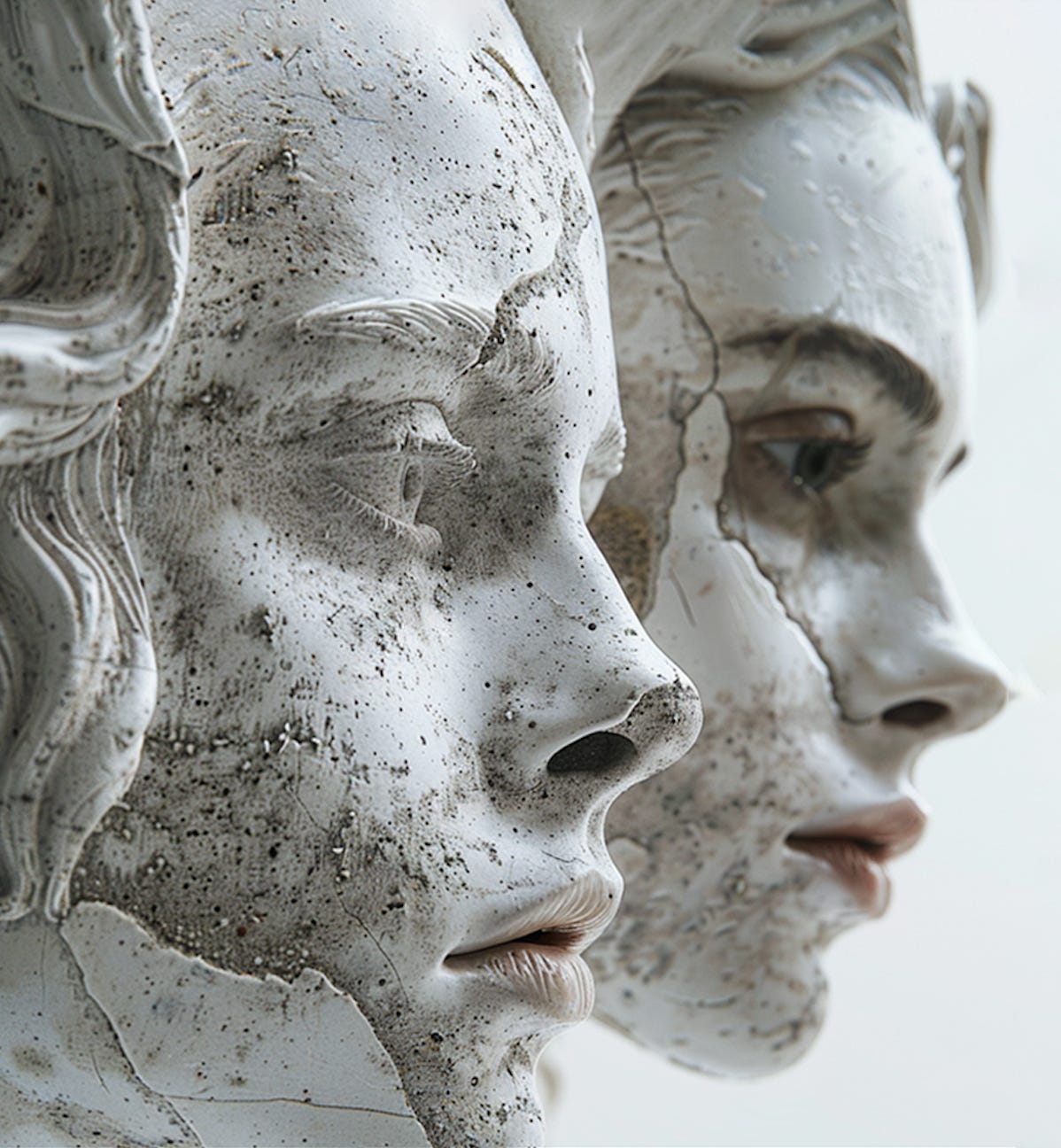


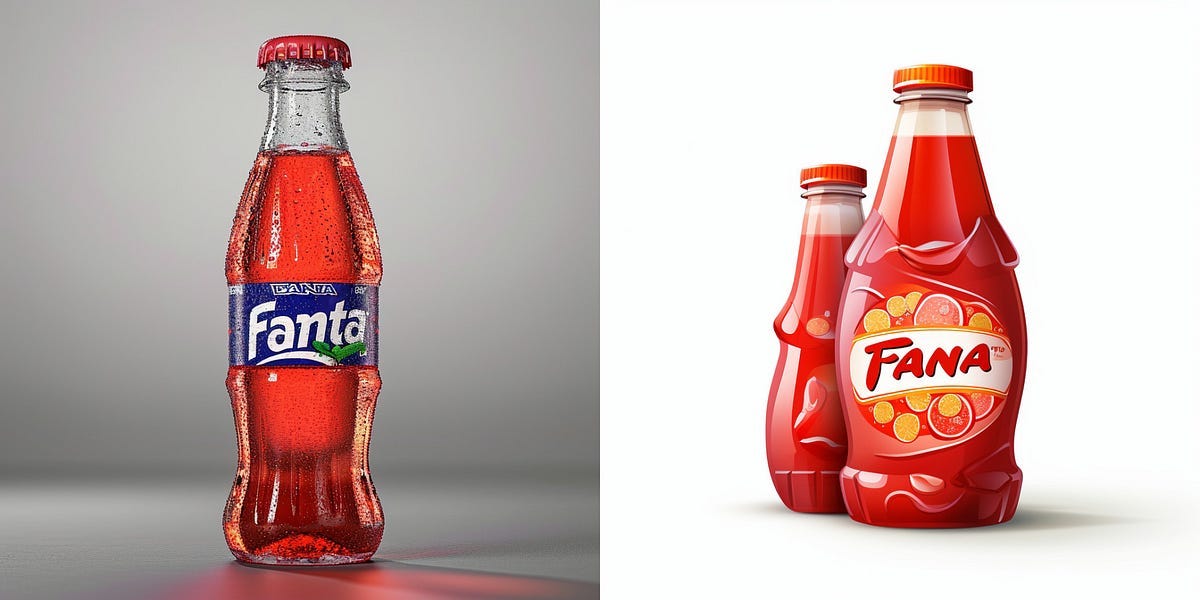



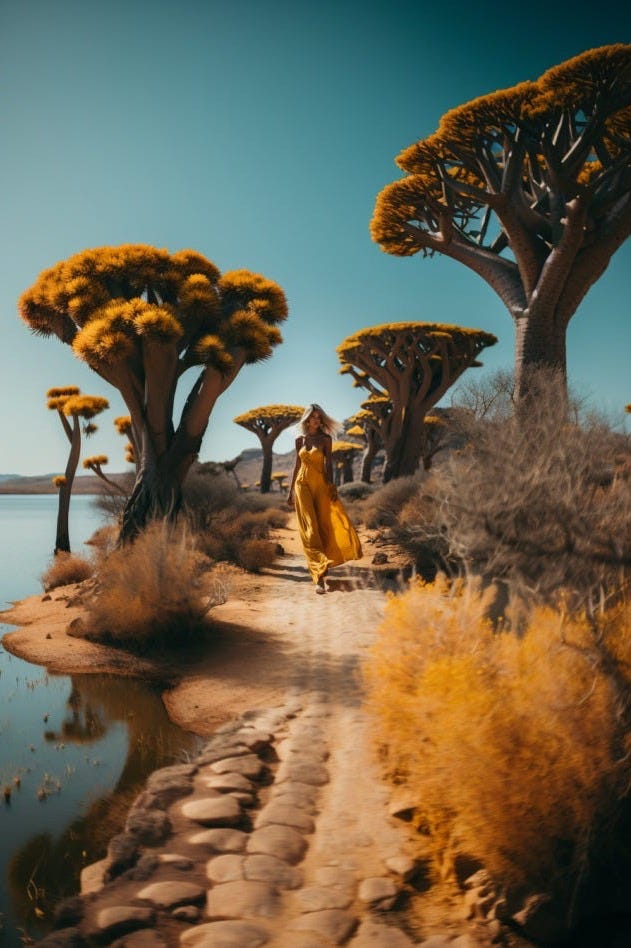

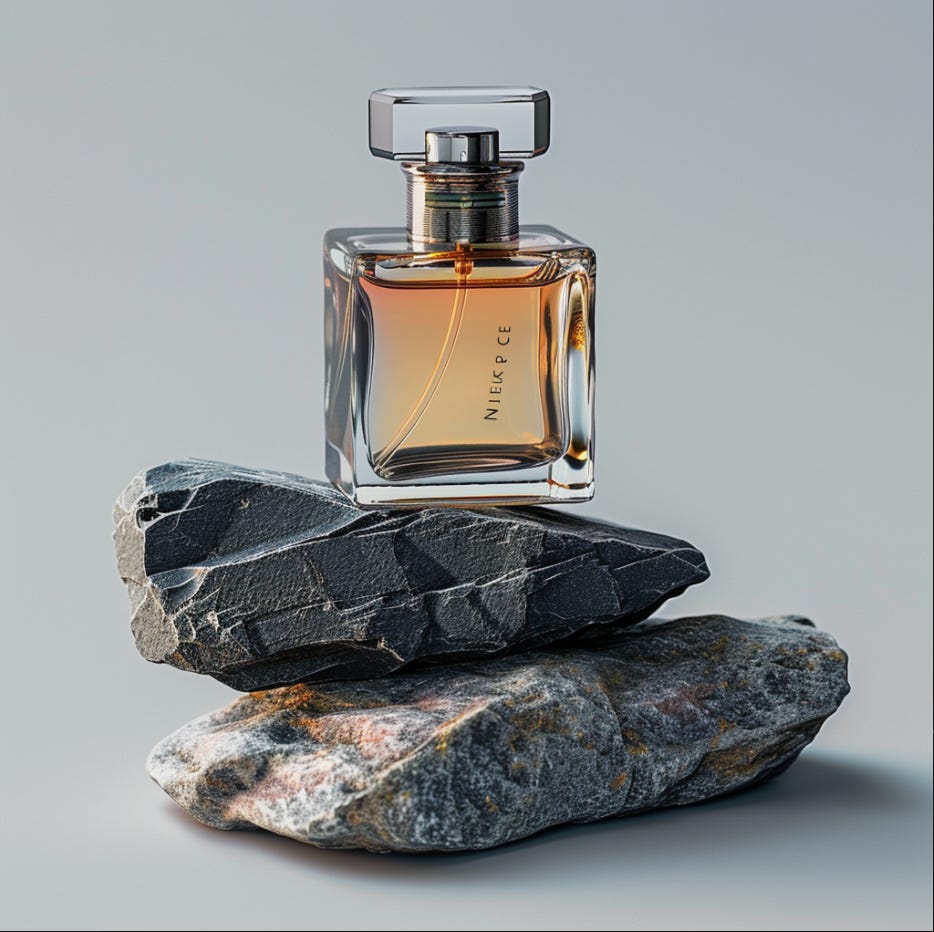


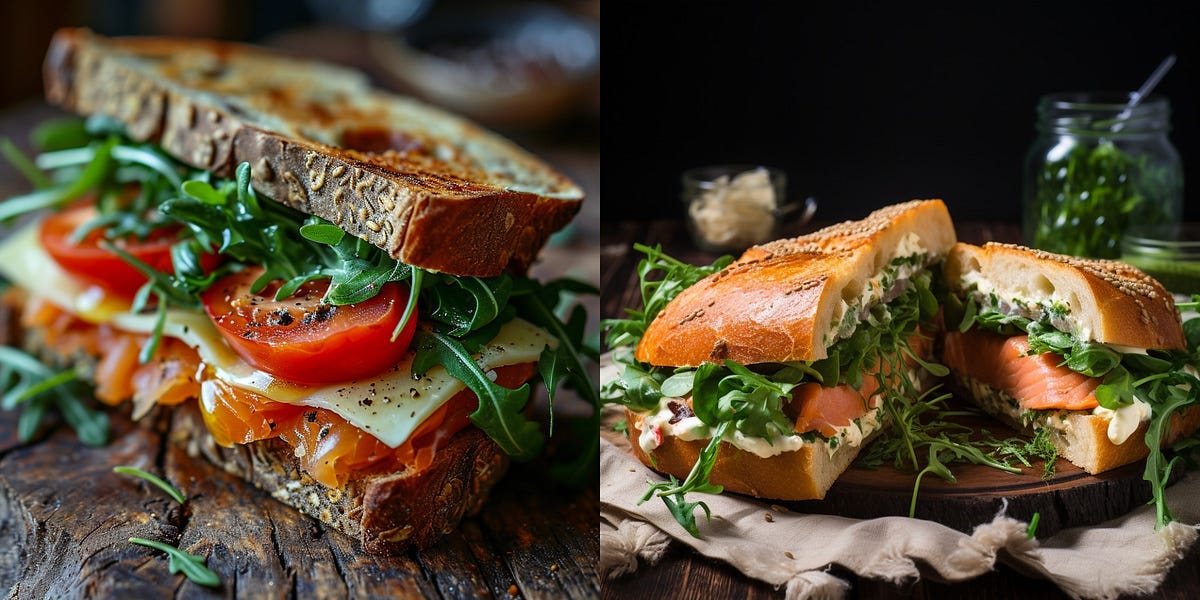
Hi, thanks for this article, very useful btw!
Regarding the blending process for the "picture of perfume and stones", can you share what prompt did you use? Is it necessary to re-define all the composition? I mean... how MJ knows that you want the perfume in top of the stones and not in front of it? I guess that the prompt is the responsable?